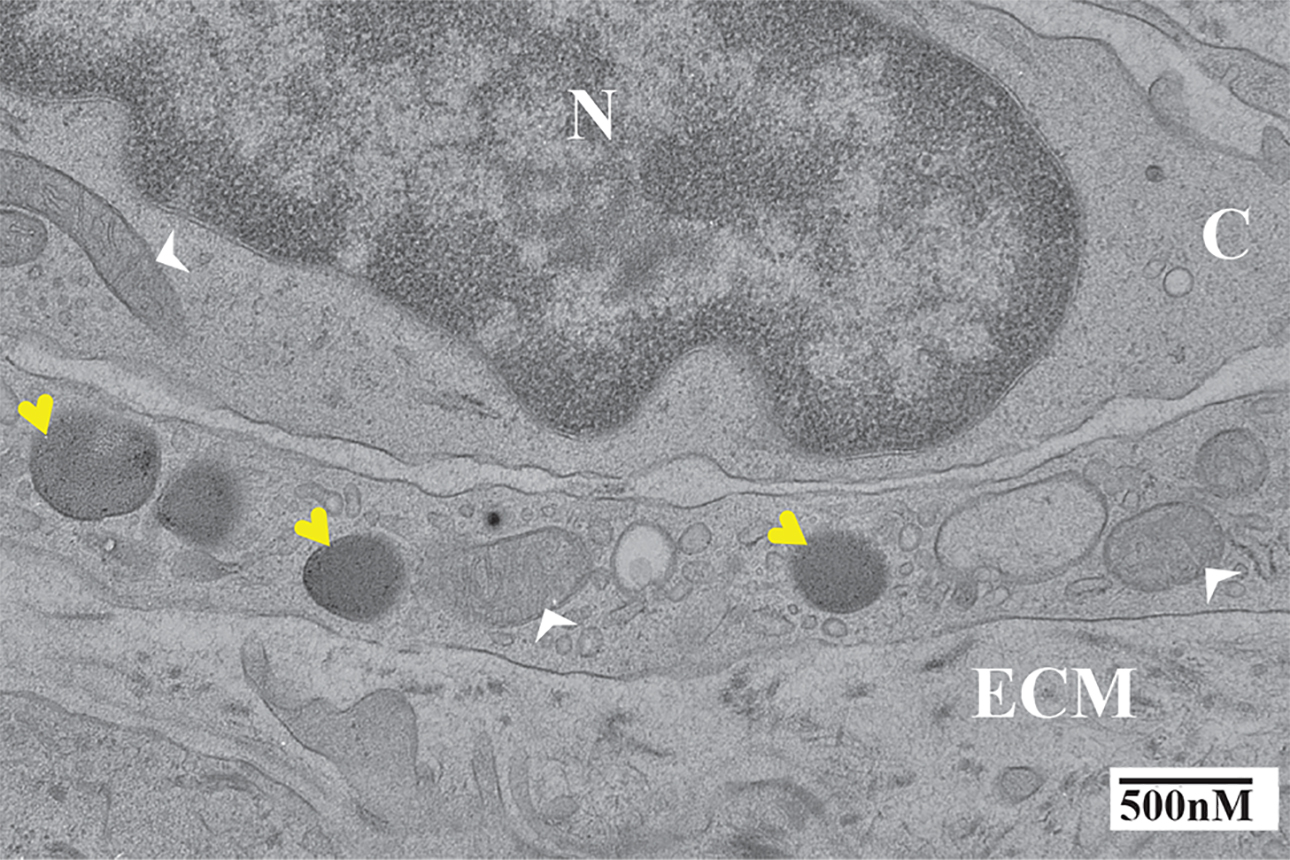
Lysosomal cell death is an important mechanism of cell death in response to severe cell stress that requires the release of proteolytic enzymes, called cathepsins, into the cytoplasm. These enzymes are inhibited by members of the serine protease inhibitor (SERPIN) superfamily, and these proteins can block this cell death pathway. Many human tumors have increased expression of lysosomal cathepsins, which are important for invasion and metastasis. But they may also make the cells more sensitive to lysosomal mediated cell death. We are interested in studying the importance of this cell death pathway in response to common anticancer therapies including chemotherapy and radiation. The overall goal is to develop new therapies that target this pathway and render cancer cells more sensitive to chemoradiation.
